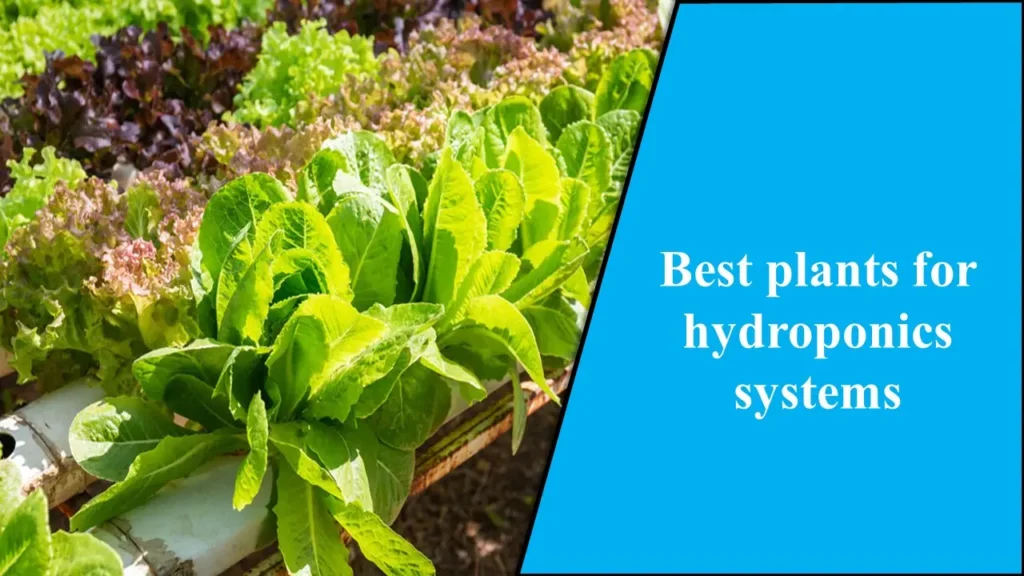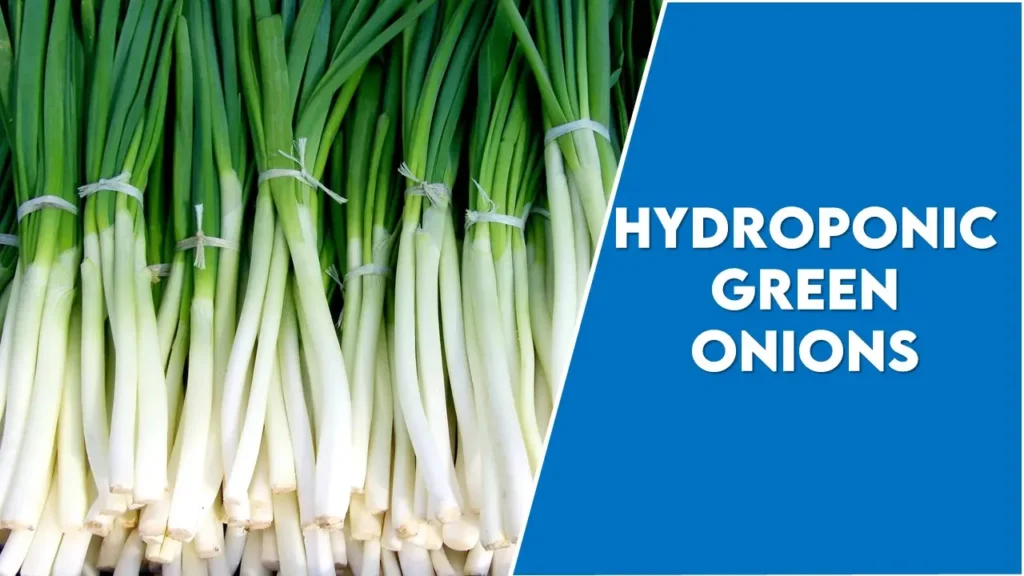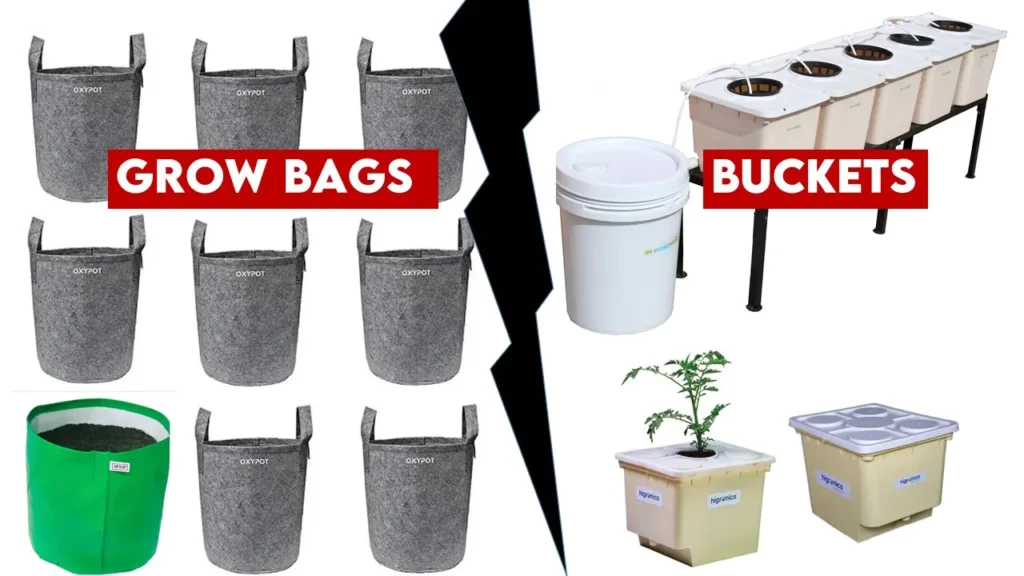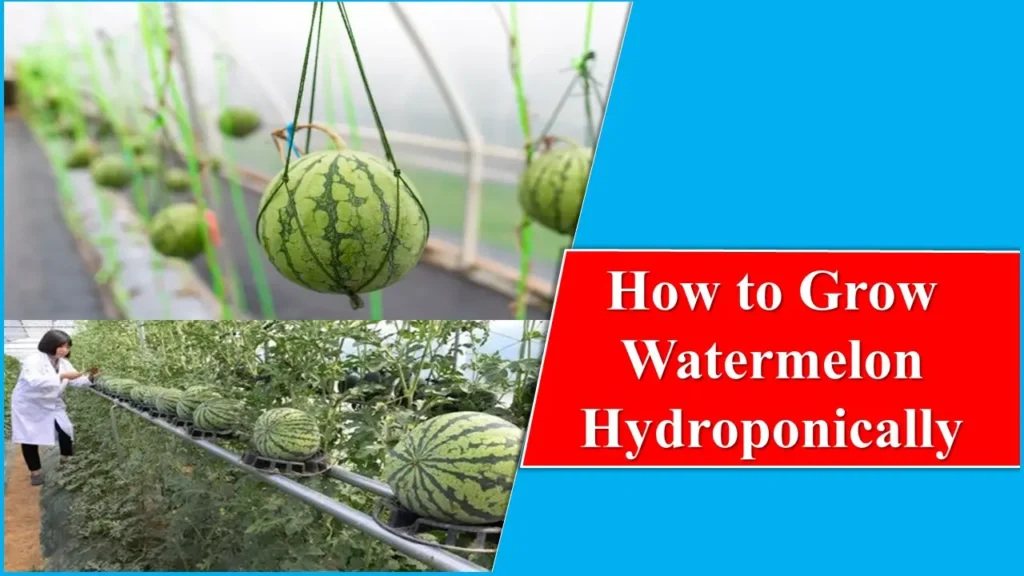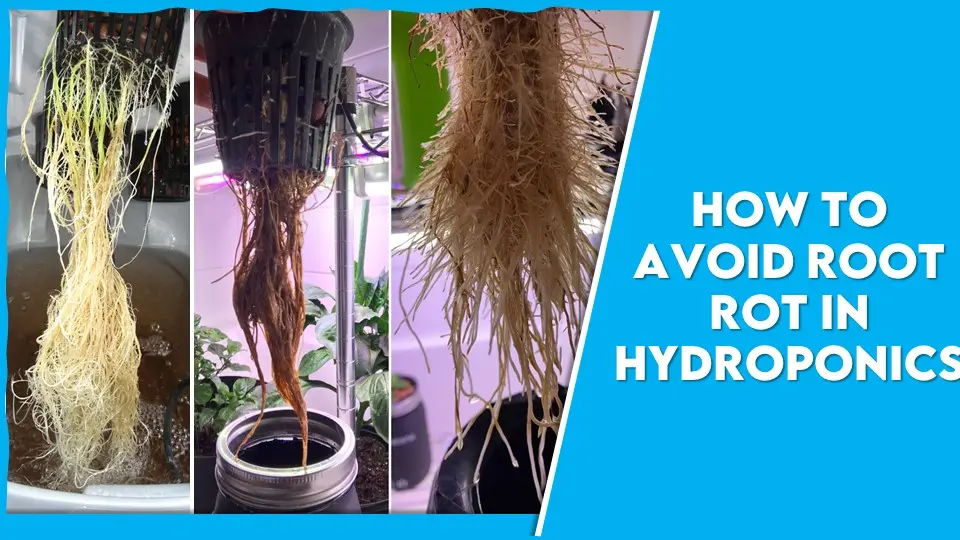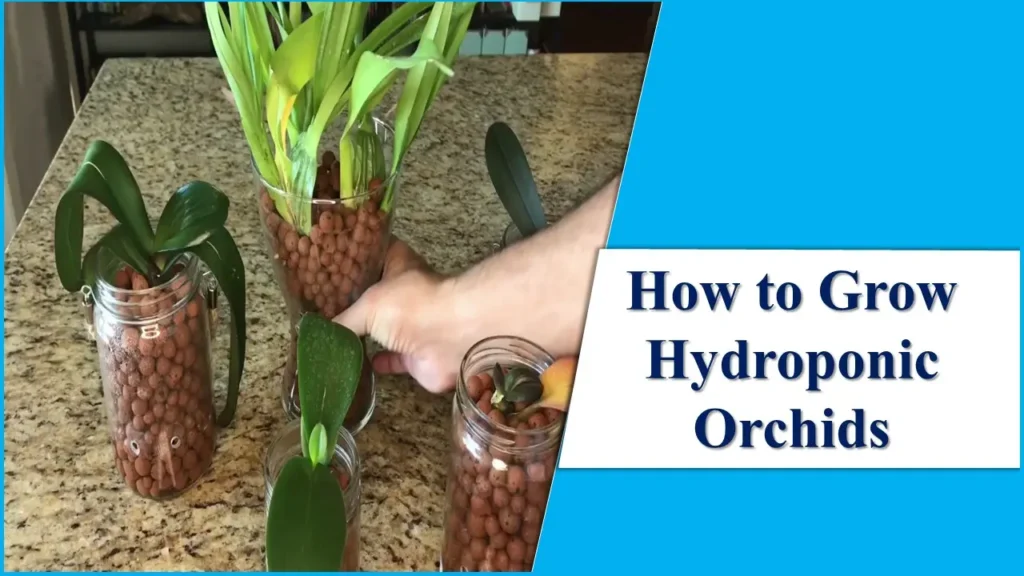How to Transplant Hydroponic Plants: 5 Step Process
Hydroponics, which is our point of focus, is a technique of growing plants in soilless culture or nutrient medium. Optimum conditions are provided to the plants under this technique so that the crop production is unhindered despite the harsh climate. Hydroponics sticks to the basic formula of plant growth and does not use fertilizers or chemicals that have become indispensable in today’s agriculture. Minimal use of water only as per requirement ensures prevention of its wastage. Maximum returns from minimal space are crucial at times like these. Higher yields and faster growth are recorded in such plants. How to transplant hydroponic plants is an important step in success of hydroponic plants.
Importance of Transplanting in hydroponics :
Most of the gardeners adopt hydroponics to start seeding. Later they transplant the plants into the soil to incorporate them into their outdoor garden to enhance its aesthetics. Some of the gardeners start growing plants using hydroponics at the initial stage to ensure vigorous and healthy growth of the plant. Some of them do it because of space limitations. Large plants in a hydroponic system can take up too much space inside. Also transplanting them out of the hydroponic system can also help the gardener to pot them up for sale. There are many factors that affect the adaptability of hydroponic plants while transplanting and taking care of them is of utmost importance for the success of transplanting. As a result it is a skill and must be learn by the executioner how to transplant hydroponic plants.
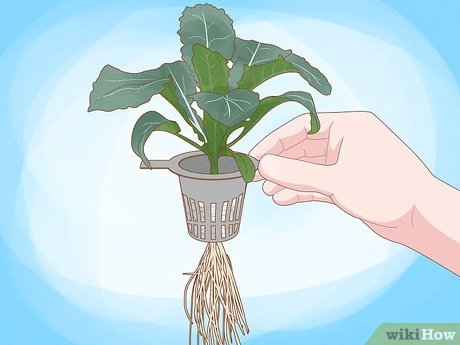
Image source: wikiHow
How to Transplant Hydroponic Plants in 5 Steps:
Transplanting your hydroponic plants can be done from cuttings or seedlings. To transplant them into the soil, you have to first transplant them in a growing pot or container. Once they are adjusted to the changes in the hydroponic system and natural system, they are ready to be transplanted into the soil.
Some Important Aspects to be Kept in Mind Before Transplanting:
- Make sure that you are equipped with all the necessary materials required
- Lower the water level in the hydroponic system a few days before transplanting, preparing the plants to get used to the natural conditions. This will help them to force their roots to grow longer which will equip them to find water and nutrients from the soil.
- Control feeding your plant with direct LED light and allow it to search for light. Do this for 1-2 weeks.
These precautions will help the plants prepare to harden off for outdoor conditions.
With proper precautions carried out, now let’s finally get into the steps of transplanting:
Step – 1
Take a pot that fits well for your plant. Make sure that it is wide enough to provide adequate space for the root’s growth. Provide 4-6 inches of space deep for their growth. If your plants are grown and stick together, carefully separate them by breaking them up.
Step – 2
Use a growing medium that has a buffer and add it to your pot. A potting mixture with compost manure and perlite can be used. Dig a hole and place your plant into the hole. Pack it with additional soil until it is fixed and sturdy.
To enhance the properties of the soil, you can add mycorrhiza into the hole. The fungi will absorb and break down minerals from the soil and give them to the plant in exchange for carbohydrates.
To decrease the stress on plants to sustain dense foliage, you can trim back leaves and stems.
Step – 3
Water immediately. Always keep the soil moist. You can add suitable fertilizers to the misting water. Watering immediately after sowing is a crucial step for the germination of seeds. Seeds germinate only in the presence of moisture in soil. Otherwise it is difficult to induce germination in seeds.
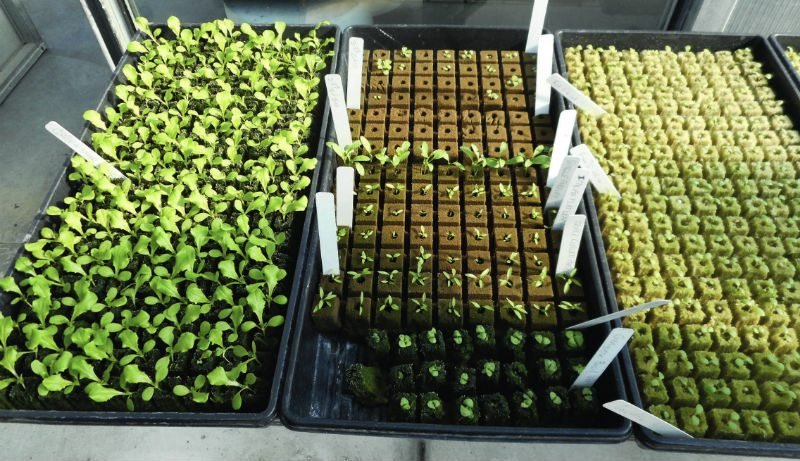
image source: herboponics
Step – 4
The next step is to introduce them to sunlight. Give them only a few hours of sunlight. Keeping them for too long in the sun can be detrimental. They need time to get adjusted to the sunlight intensity and go through the process of hardening. Gradually extend the sunlight hours. Observe your plants for a few more days to ensure their well-being. If your plant suffers from transplanting shock, you may notice the leaves getting soft or falling off. It will produce new leaves in a couple of weeks as it recovers from the shock. Maintain optimum moisture level.
Step – 5
The final step is to transplant your plants into a hydroponic system.
Transplanting is a practical process and it is somewhat tough to achieve especially for beginners. But if in the end, it does not work out, you have the choice of carrying on with hydroponics.
Precautions:
When transplanting of plants is done from the container to the hydroponics system proper care should be done. Handling the roots with proper care as if the roots get damaged then the plants cannot thrive in hydroponics. Roots are the main parts where it gets the whole nutrition and it cannot be damaged during the process of transplanting. How to transplant hydroponic plants is very important skill and avoid mistakes in that is the biggest precaution.
When it is put in the hydroponics system the flow should be slow and for a few days it should be gentle so it cannot affect the plant and its roots growth.
Appropriate Time for Transplanting:
It is important to wait until the plants reach a point when they can handle the transplanting. Usually, this is around when the second set of leaves emerges. The height of the seedling before transplanting should be around 4-6 inches.
| Plant | Time from Seed Sowing to Transplanting |
| Lettuce | 2-3 weeks |
| Basil | 3-4 weeks |
| Spinach | 2-3 weeks |
| Cherry Tomatoes | 6-8 weeks |
| Bell Peppers | 8-10 weeks |
| Cucumbers | 2-3 weeks |
| Strawberries | 8-12 weeks |
Factors Affecting Transplanting Process:
Transplanting Shock:
Hydroponic plants, being grown in a controlled condition with nutrients fed to them, develop delicate root systems with thinner and shallow roots whereas plants that grow in the soil need thicker and tougher roots to survive. A sudden disruption of its root system in hydroponic plants during transplanting causes stress, known as transplanting shock. This will lead to the slowing down of growth or stop the growth altogether until it can adjust to its new environment. To mitigate this issue, roots should be handled gently. Soaking roots in a seaweed extract solution is found to be effective in reducing transplanting shock.
Nutrient Imbalances:
Hydroponic plants, who are accustomed to receiving precise nutrients in a controlled solution will find it difficult to thrive in soil where the availability of nutrients is unpredictable. There can be instances of nutrient imbalances which can affect a plant’s health. Test the soil for nutrients and pH and if found deficient in any required nutrients, amend it with appropriate fertilizers as per recommended dosage.
Quality of Soil:
Ensure that the soil is well prepared before carrying out transplanting as poorly prepared soil may lead to root rot. Ensuring good drainage facilities and amending the soil with organic matter like compost will enhance the properties of the soil which could be beneficial. How to transplant hydroponic plants, if the soil of the growing medium is not good then it puts difficulties in the root formation.
Pests and Diseases:
Hydroponically grown plants are less accustomed to pests and diseases as they are well cared for in a controlled environment. While transplanting, monitor for any signs of pests or diseases and adopt preventive measures.
Competition with Weeds:
Regular weeding around the transplants is advised to mitigate the weed menace. Weeds compete for nutrition and cause slow growth of our desired plants. This also increases the duration between seed sowing and transplanting period.
Seasonal Timing:
Transplanting should be carried out at the appropriate growing season. Be aware of the optimal time for transplanting specific plants and schedule transplanting accordingly. In hydroponics the system is indoor and the climatic conditions are under control, so it may not affect so much.
Irrigation:
Adjust watering practices as per requirement. This can be a challenging process as changing the dose of water supplement can stress the plants.
Life Cycle:
Annual plants, which complete their life cycle within one year are easier to transplant compared to perennials. how to transplant hydroponic plants like annuals is not so different from perennials.
Environmental Adaptation:
Plants that are naturally hardy and can tolerate climate change have better chances of survival. Some plants need to be hardened before transplanting to avoid transplanting shock. One of the most commonly used methods of hardening is by stopping the irrigation for a few days before transplanting. How to transplant hydroponic plants is a overall view point of all the things and environment is one of the main factor.
Plant Health:
Healthy plants are more likely to withstand transplanting shock. Plant health can be maintained by using a good media and irrigation at proper intervals. we learn about how to transplant hydroponic plants but how to protect them afterwards is also important.
Some of the plants that respond well to transplanting are:
- Leafy greens: Lettuce, spinach, kale, and other leafy greens
- Herbs: Basil, mint, parsley, and cilantro
- Fast-growing vegetables: radishes and certain types of beans.
- Some fruiting plants: Tomatoes, cucumbers.
Conclusion:
Just like any other thing, hydroponics also has not just pros, but cons as well. High installation costs, reliance on continuous power supply, requirement of constant monitoring, and susceptibility to many waterborne diseases are among some of the major concerns. Although these disadvantages exist, the benefits of hydroponics outweigh them. in this we understand the importance of how to transplant hydroponic plants with a broad view point as this is a important factor which decides the success of venture. The flexibility and adaptability of hydroponic plants to be set up anywhere, even in urban areas or land with poor soil quality is a positive property that can ensure food security.
Join Our Hydroponics Growers Group!
Connect with fellow hydroponics enthusiasts, share your ideas, ask questions, and grow together as a community.
👉 Join WhatsApp Group

